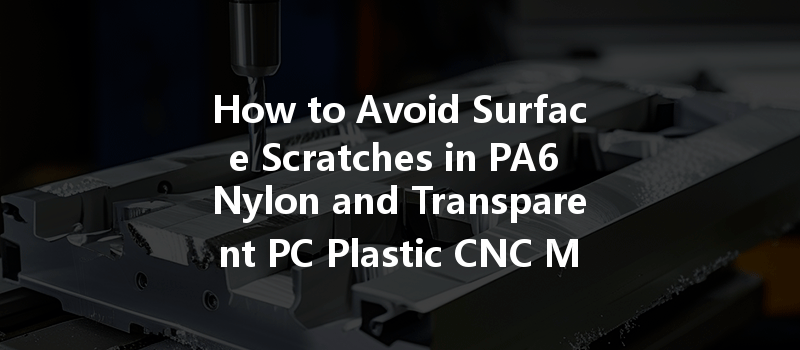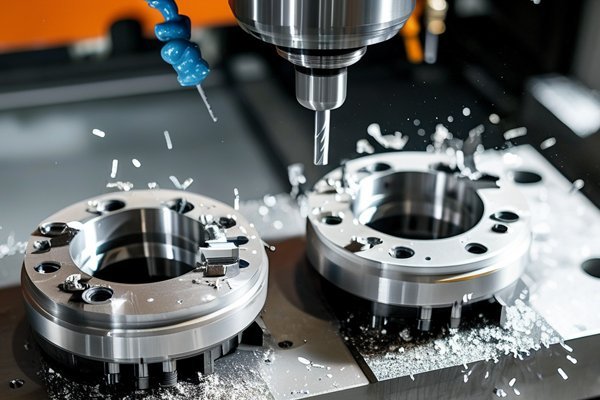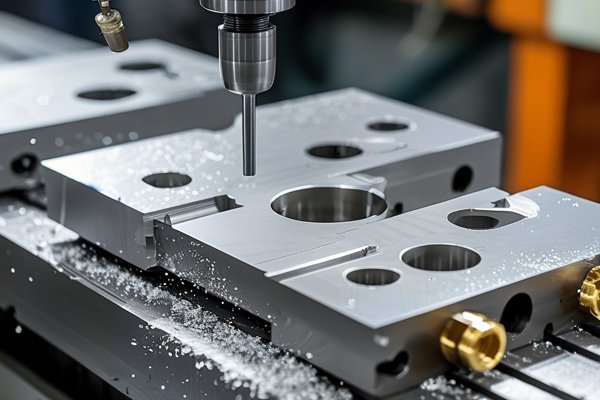Have you ever wondered why certain plastics shine without a blemish, while others seem to suffer scratches almost immediately? In the world of CNC machining, achieving a pristine finish on materials like PA6 nylon and transparent polycarbonate (PC) is a common dilemma that can significantly influence both aesthetics and performance. Surfaces brimming with scratches can detract from the functionality and appeal of the final product, which often leads to costly repairs or replacements. This blog aims to provide you with a comprehensive guide to effectively avoiding surface scratches in CNC machining of these materials, ensuring you can produce high-quality components.
Understanding PA6 Nylon and Transparent PC Plastic
Before delving into solutions for preventing scratches, it’s imperative to understand the characteristics of the materials in question. PA6 nylon, also known as polyamide, is known for its excellent toughness, resistance to impact, and exceptional wear resistance, making it ideal for applications that demand durability. On the other hand, transparent PC plastic boasts high clarity and rigidity, with good impact resistance, making it popular for products like optical lenses, safety goggles, and various consumer goods. However, both materials are quite susceptible to surface scratches if not handled and processed correctly.
Common Causes of Scratches in CNC Machining
Now that we’ve outlined the common causes of scratching, let’s dive into detailed strategies to prevent these issues.
Strategies to Avoid Surface Scratches in CNC Machining
Choosing the right tool for CNC machining is paramount. For PA6 nylon and transparent PC plastic, consider the following:
Adjusting and fine-tuning key machining parameters can significantly influence the outcome:
Controlling the environment where the CNC machining takes place can be another essential step:

Ensuring that products are handled with care post-machining is critical for maintaining surface integrity:
Additional measures can be taken post-machining to enhance surface resilience:
Preventative maintenance for CNC tools can prolong their effectiveness and reduce the likelihood of scratches:
Ensuring that the finished products meet quality standards is fundamental to avoiding issues:
In this blog, we’ve explored effective strategies for avoiding surface scratches during CNC machining of PA6 nylon and transparent PC plastic. The discussion emphasized detailed solutions that span selection of suitable tools, optimum machining parameters, environmental control, protective handling measures, and surface treatments. Implementing these techniques not only protects the aesthetic quality of your machined parts but also preserves their mechanical integrity, which is vital across various applications, from automotive components to consumer electronics.
Ultimately, the pursuit of a scratch-free finish in CNC machining is not merely a cosmetic concern; it can significantly influence product performance, client satisfaction, and profitability. As you navigate your CNC machining processes, consider these insights to elevate the quality of your products and foster better relationships with your clients.
Striving for perfection in machining requires stringent attention to detail and a commitment to continuous improvement. By investing time and resources into these preventive measures, you not only protect the value of your manufacture but also enhance your brand reputation. Embrace these best practices and challenge your machining processes to achieve pristine surfaces that reflect the quality you aim to deliver.
Why This Blog Matters
Understanding how to avoid scratches on CNC machined parts signifies a broader commitment to quality control, which reflects directly on your brand’s reputation. In an increasingly competitive manufacturing landscape, excellence in execution can set you apart. Therefore, consider this guide as an essential resource in your journey towards manufacturing excellence in CNC machining. A scratch-free part is not only a testament to your dedication but also an assurance of your competency as a manufacturer.






